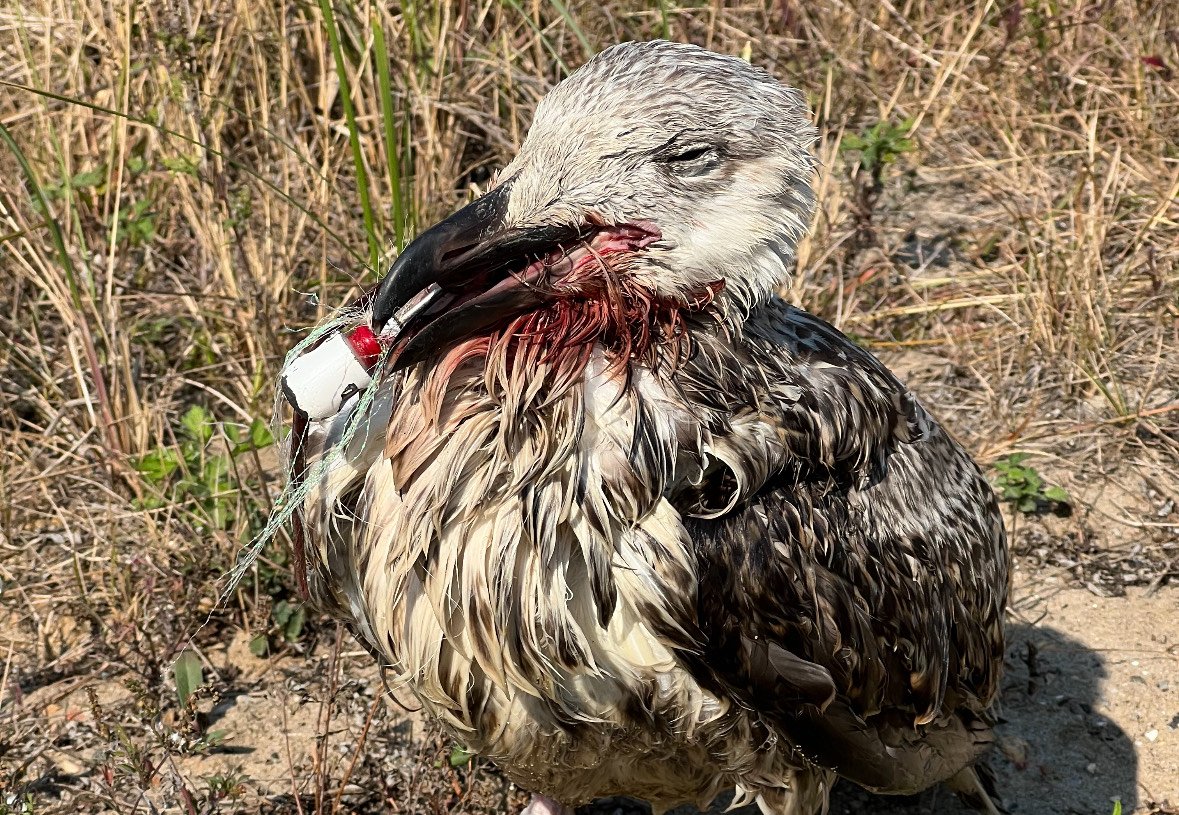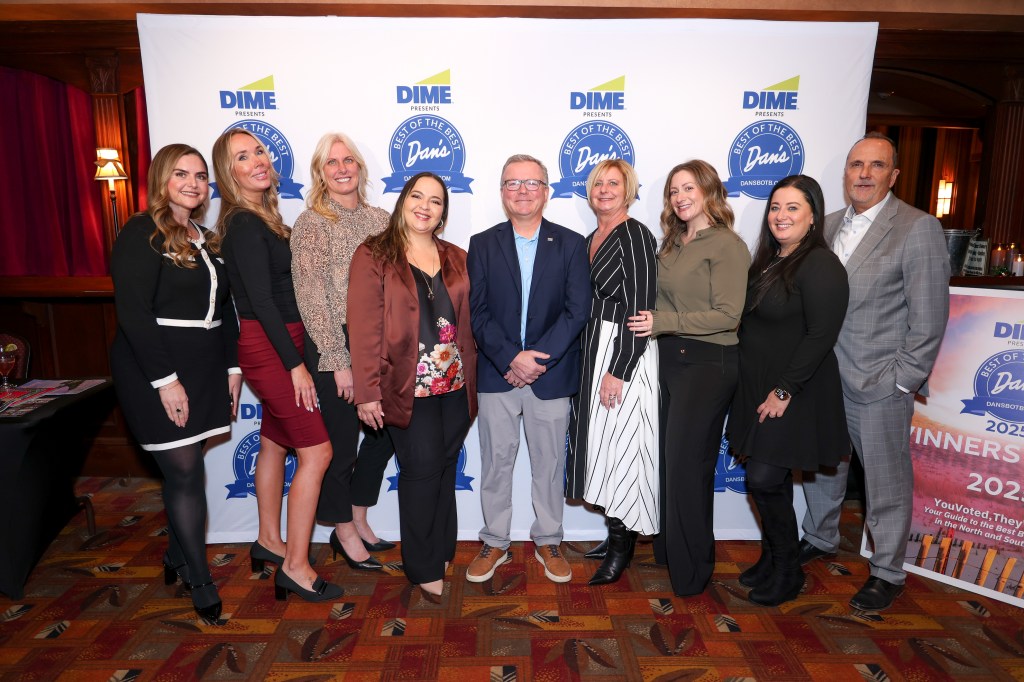Fishing Wire Poses Immense Danger to Local Wildlife

Despite the increased coverage on fishing wire accidents, people fail to realize the extent to which monofilament fishing wire causes the mass suffering and fatalities of local birds, and the issue is only getting worse.
Just this past year, 19 patients have been admitted to the Evelyn Alexander Wildlife Rescue Center (EAWRC) as a result of loose fishing wire. However, the mortality rate for these accidents is 77%, despite hospital aid. Outrageously higher than the mortality rates of most classified injuries, that doesn’t even include the animals that don’t make it into the hospital and aren’t found. Excluding the 19, 30 birds were freed onsight, obtaining minimal injuries. Yet, as stated above, most birds are not found and not freed.
Recently, Lisa Baron Schenker, trusted board member of the EAWRC, brought in a gull with fishing wire wrapped around its tongue and esophagus. After attempting to catch a fish that was used as lure from a loose fishing wire, the gull obtained serious injuries from the hook, leading to glottis, problems breathing, gurgling, lack of preening (oils from the preening glands that birds apply to their feathers to make then water resistant) and tissue necrosis (rapid deterioration and death of cells). Serious necrosis was found at the bottom of the gull’s mouth, and due to the immense suffering of the gull and the high likelihood of death after surgery, he was humanely euthanized. “This was the worst case I’ve ever seen after 11 years as a wildlife rescuer,” states Adrienne Gillespie, hospital supervisor of the EAWRC.
In addition to gulls, the EAWRC has received multiple different bird species suffering from fishing wire. Kathleen Mulcahy, executive director of the EAWRC, explains, “We just had a loon with large amounts of loose fishing wire in its mouth, but after we admitted it to our hospital, the bird succumbed to its injuries and passed.”
A cormorant was also just discovered with tangled fishing wire and brought to the Veterinary Medical Center of Long Island (VMCLI), a clinic in West Islip. It was scheduled to be transferred to the EAWRC the following morning. “The cormorant unfortunately did not make it and passed away the morning of the scheduled transfer,” Mulcahy adds.
Even Schenker’s very first rescue as a wildlife rehabilitator was a stuck seagull with fishing wire wrapped around its abdomen and wing. Unable to move, Schenker was able to remove the wire and free him, however that is often not the case.
These situations regarding loose fishing wire are extremely tricky, as most birds are not discovered and fly away or hide until they die of starvation, loss of blood or necrosis, leading to high fatality rates. Oftentimes, if a bird has fishing wire inhibiting their access to their preening gland yet can still fly, their feathers lose their waterproof abilities and these birds die of exposure or starvation from a lack of hunting.
These fishing wires also cause constriction of the legs and wings, and if wildlife rescuers don’t catch it early, like many of these birds that were found too late and died, it can cause “extensive damage to the tissue and bone, leading to fatal constriction, inflammation and necrosis,” Gillespie adds. While smaller birds, such as herrings and small gulls, can survive off of one leg, if the other leg was damaged from fishing wire constriction, for most larger hunting birds such as osprey and bald eagles, it is fatal.
“The most difficult thing about situations for me is knowing the animal suffered for so long, and having to watch it try to free itself, knowing it only makes it worse,” Schenker says.
“These tangled birds can stay in this state for weeks until they starve or die from the injuries,” states Gillespie, which is why it’s so important to dispose of excess monofilament fishing wire. Volunteer staff, including staff such as Gillespie, participate in the Southampton Beach Cleanup, and always come back with multiple, whole bags of loose fishing wire.
While the EAWRC receives more of these suffering birds after they migrate to warmer weather in the springtime, birds that stay local, such as bald eagles, gulls and ospreys, are affected year-round. In many popular fishing spots, the EAWRC stresses the use of recycling bins that are made specifically for fishing wire. They are manufactured to prevent wire from escaping the bins, or prevent birds from picking up the wire for their nests. Even using biodegradable fishing wire, with a price range nearly identical to that of monofilament fishing wire, can prevent the suffering and mortality of so many birds. These fatal incidents from loose fishing wire can be prevented with appropriate measures, and will stop the death and suffering of hundreds of birds across Long Island, preserving our biodiversity and ecosystem.
The center is located at 228 West Montauk Highway, Hampton Bays. It can be reached at 631-728-4200, and animal emergencies can be reported at 631-728-WILD (9453). The center is open 9 a.m. to 5 p.m. seven days weekly. Visit wildliferescuecenter.org for info.









